What Is Curry Powder? Your Complete Guide to Ingredients, Uses, and Fixes
Curry powder isn't a single recipe but a collection of spice blends that vary globally. Most commercial curry powders contain turmeric, cumin, coriander, and fenugreek as base ingredients, with regional variations adding heat, sweetness, or unique flavors. The most common mistake home cooks make? Using too much - just 1-1.5 teaspoons per serving prevents bitterness while delivering authentic flavor.
Why Does My Curry Taste Bitter? (And How to Fix It)
Bitter curry usually comes from overheated turmeric (above 356°F/180°C) or too much fenugreek. Fix it immediately by adding 1/4 teaspoon sugar and 1 tablespoon acid (lemon juice or tamarind) per serving. Never add more curry powder to an already bitter dish - this worsens the problem.
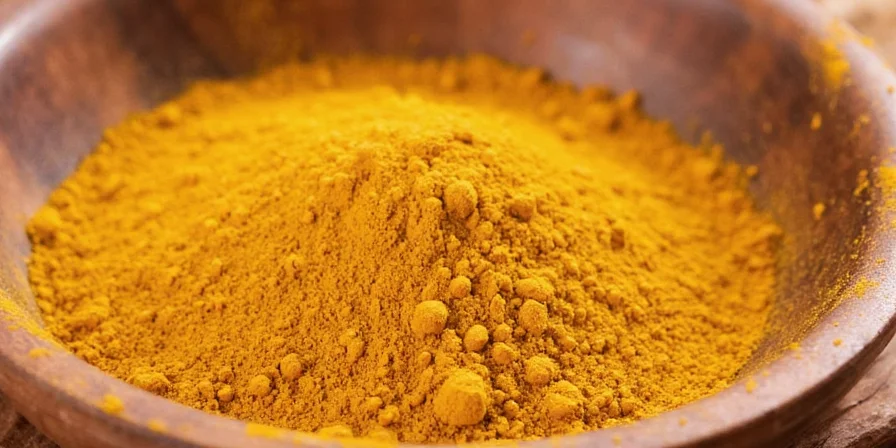
Image: Visual spectrum of curry powders reflecting regional ingredient ratios.
Curry Powder Ingredients Breakdown: What's Really Inside
Understanding what's in your curry powder helps you use it effectively. Here's what each component contributes to your dish:
| Ingredient | Flavor Contribution | Common Ratio in Blends | What Happens If Missing |
|---|---|---|---|
| Turmeric | Earthy base with golden color | 25-30% | Dish lacks signature color and earthy foundation |
| Cumin | Smoky depth | 20-25% | Flat, one-dimensional flavor profile |
| Coriander | Citrusy brightness | 20-25% | Overpowering bitterness from turmeric |
| Fenugreek | Maple-like sweetness | 5-10% | Harsh aftertaste in finished dish |
| Black Pepper | Pungent kick | 5-10% | Reduced absorption of beneficial compounds |
How to Use Curry Powder Properly: 5 Professional Techniques
Follow these science-backed methods for perfect results every time:
- Bloom in oil first: Heat 1 tablespoon oil to 325°F (163°C), add curry powder, and cook for 90 seconds before adding other ingredients
- Two-stage addition: Use 60% during cooking, reserve 40% for finishing to preserve volatile aromatics
- Temperature control: Never boil curry sauces - maintain simmer below 185°F (85°C) to prevent bitterness
- Acid balance: Add citrus or vinegar AFTER cooking to brighten without breaking down spices
- Texture matching: Use fine powder for smooth sauces, coarse blends for textured dishes like stews
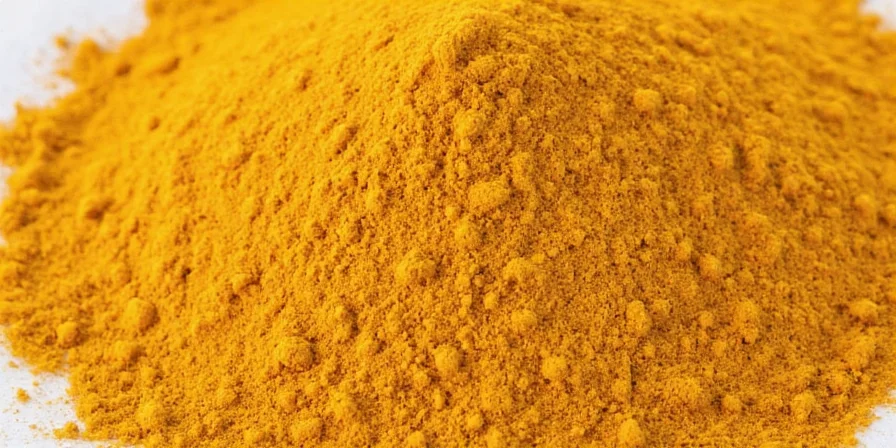
Image: Proper spice distribution technique for optimal flavor extraction
Curry Powder vs Curry Paste: What's the Difference?
Curry powder contains only dry spices, while curry paste includes fresh ingredients (lemongrass, galangal), oil, and shrimp paste. Paste requires refrigeration and has shorter shelf life. To substitute: use 1 tablespoon paste per 1 teaspoon powder, adjusting liquid content. Never swap them 1:1 - this is the #1 mistake causing failed curry dishes.
Regional Curry Powder Variations Explained
Not all curry powders work for all recipes. Match your blend to the cuisine:
- British-Style: High turmeric, mild heat - best for stews and soups, not authentic Indian dishes
- Indian Masala: Balanced heat with cardamom/cloves - use for traditional curries and dals
- Thai Yellow: Contains galangal and lemongrass - requires coconut milk for authentic flavor
- Japanese Curry: Sweetened with apple/honey - designed specifically for meat stews
- Caribbean: Scotch bonnet peppers and mustard seeds - creates intense heat balanced by tamarind
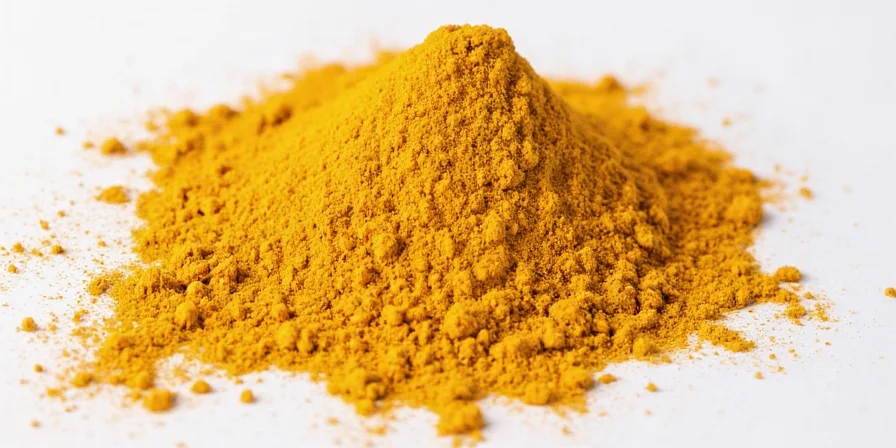
Image: Visual guide to identifying curry types by color
How to Make Your Own Curry Powder (Simple 5-Ingredient Recipe)
Create superior homemade blend with better flavor and no preservatives:
- 3 tablespoons turmeric
- 2 tablespoons cumin seeds
- 2 tablespoons coriander seeds
- 1 tablespoon fenugreek seeds
- 1 tablespoon black peppercorns
Method: Toast each seed separately (cumin 300°F/149°C for 4 minutes, coriander 3 minutes), cool completely, then grind with turmeric. Store in amber glass jar. Makes approximately 1 cup.
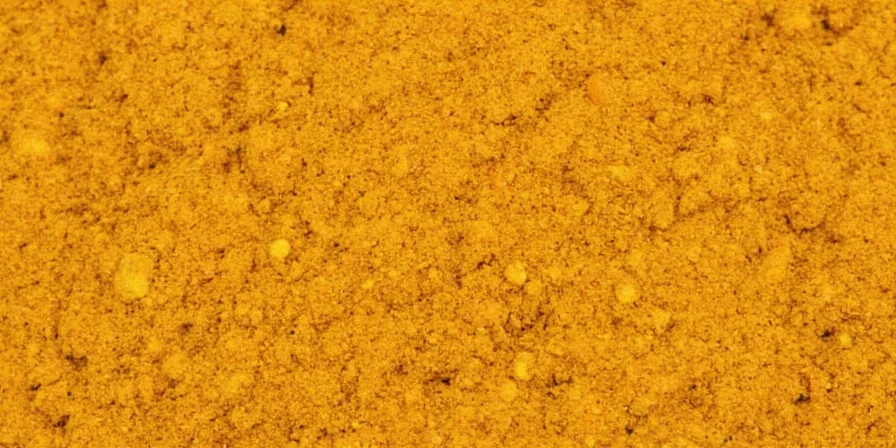
Image: Step-by-step toasting technique for maximum flavor development
Curry Powder Storage: Keep It Fresh Longer
Most curry powder loses potency within 6 months. Extend freshness with these methods:
- Store in amber glass containers (blocks 99% of light)
- Maintain humidity below 60% RH
- Keep below 70°F (21°C) - refrigeration extends potency by 40%
- Add 1 whole clove per jar as natural preservative
- Never store above the stove (heat accelerates degradation)
Curry Powder Myths Busted: What You Need to Know
| Myth | Reality |
|---|---|
| "Curry powder is traditional Indian cuisine" | Standardized blends originated from British spice companies in the 1880s. Traditional Indian cooking uses fresh, dish-specific masalas. |
| "All curry powders contain chili peppers" | Original British formulations had no chilies. Heat elements were added later through regional adaptations. |
| "More curry powder = better flavor" | Exceeding 1.5 tsp per serving triggers bitterness. Balance with acid components is essential. |
| "Curry powder equals garam masala" | Garam masala contains no turmeric and is used as a finishing spice. Curry powder serves as a cooking base. |
Common Curry Powder Questions Answered
What's the difference between curry powder and garam masala?
Curry powder always contains turmeric as its base and is used during cooking. Garam masala has no turmeric and is added at the end as a finishing spice. They're not interchangeable - using them wrong creates off-flavors.
Can I make curry powder gluten-free?
Pure spice blends are naturally gluten-free. Verify commercial products for anti-caking agents. For severe sensitivities, choose certified gluten-free facilities to avoid cross-contamination risks.
How can I substitute curry powder if I don't have any?
Mix 1 tsp turmeric + 1/2 tsp cumin + 1/2 tsp coriander + 1/4 tsp ginger + pinch of black pepper. This basic substitute works in emergencies but lacks the complexity of proper curry powder.
Does toasting spices change nutritional benefits?
Moderate toasting (below 320°F/160°C) enhances bioavailability of compounds without degradation. Excessive heat destroys volatile aromatics and reduces curcumin absorption by 30%.
Why does my curry separate into oil and solids?
This happens when curry powder isn't properly bloomed in oil first. Always cook the powder in hot oil for 90 seconds before adding liquid to create an emulsion that stays blended.
Final Tips for Perfect Curry Every Time
Master curry powder with these professional insights: Always bloom powder in oil before adding liquids, never exceed 1.5 teaspoons per serving, and match your blend to the cuisine you're cooking. Remember that curry powder is just a starting point - the real magic happens when you understand its components and adjust ratios to your taste. Keep these principles in mind and you'll consistently create restaurant-quality curries at home.

Image: Properly balanced curry with ideal color and texture

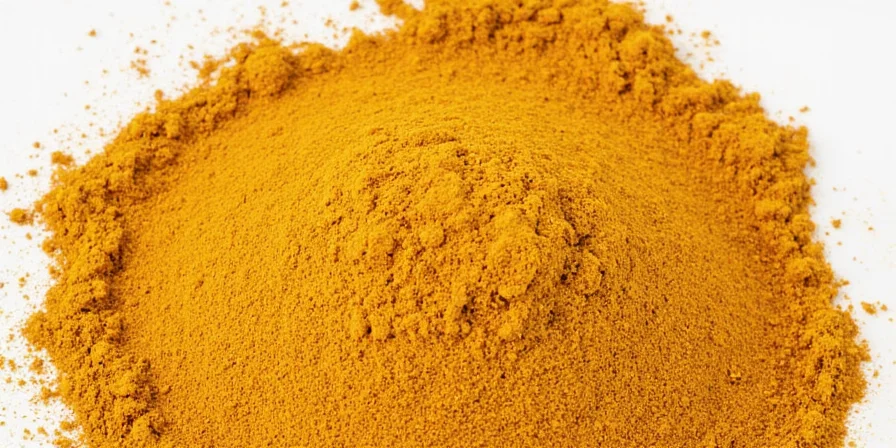









 浙公网安备
33010002000092号
浙公网安备
33010002000092号 浙B2-20120091-4
浙B2-20120091-4